‘Man is a social animal’ – this statement by Aristotle was used for human kind in a sociological context but it can be safely and specifically applied to the design profession. Architecture and interior design is a very ‘social’ profession - right from brainstorming, making and discussing conceptual designs as a team, taking ‘crits’ from seniors and colleagues, multiple revisions, saving and sharing information and ideas, meeting vendors, arranging samples, market and site visits, and of course client meetings - it all involves social interaction and meeting people on a daily basis. What we do as architects and design practitioners revolves around interacting with each other, working individually and sharing it socially.
There are a lot of professions which are more ‘solitary’ or individualistic in nature, that is, their work is not dependent so much on actual social interaction and physical exposure than on technology and being connected online. IT professionals, coders, computer engineers etc. are some such examples. Companies engaged in these professions already have systems which are equipped with relevant software and their employees are trained to work remotely. Most architecture and interior design companies, however, rely on a regular office routine. Design is a multi-layered, collaborative profession based on exposure and interaction to understand spatial context and other details. Amidst the current health concerns and the complete lockdown, it is natural that such organizations would have major concerns about maintaining good work performance not only as an individual but also as a team.
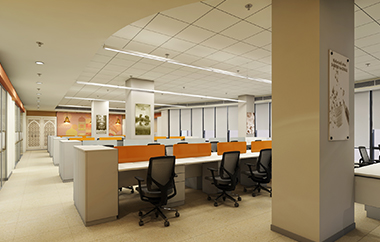
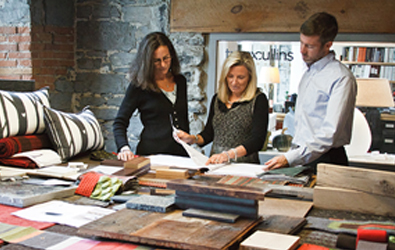
In addition to the problem of not being out in the field, design professionals who are working from home face other issues as well, common to most new teleworkers. The graph below highlights the issues faced:
In an unprecedented situation like this, to counter the struggles of working from home, here is our take on how you can effectively ride out this storm:
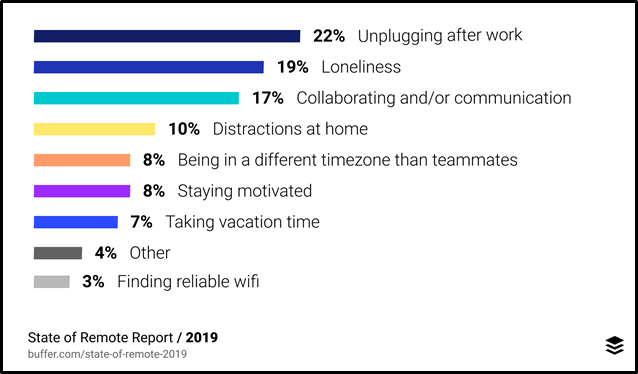
Set up and stick to the same routine that was being followed on a regular work day. Granted that there would be additional things to do at home now, but keeping a dedicated time for work, setting up timelines, having regular updates with your colleagues would not only increase efficiency but ‘normalize’ this situation to an extent. Breaks for TV viewing and snacking should be kept to a minimum to ensure continuity in work and productivity.
One of the biggest challenges of working from home is the constant distractions, especially with kids being around 24x7 in the current situation. Discipline again works here, with strict instructions to be not disturbed during the work-hours. Create a clutter-free, dedicated work space at home, preferably with ergonomic furniture, where there would be least disruptions during teleworking and video calls. Also, anticipate and address all the major distractions before settling down to work.
There are many digital distractions too- Whatsapp messages, forwards, emails popping every few minutes, website ads during online research etc. are regular features that distract us especially when we work from home, as we feel ‘obliged’ to check them in the absence of any restrictions or pressure. Studies show that it takes 23 minutes and 15 seconds to get back on track after being distracted. For such times, there are apps which act as website blockers, app blockers, provide distraction-free sessions, monitor and limit the time spent online and even play ‘focus music’. Or self-discipline could work here as well- you could simply keep your phone away for a number of hours if the work requires concentration.
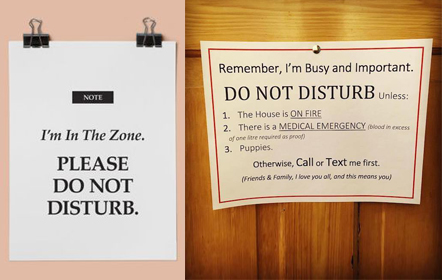
Collaboration means improved efficiency and increased productivity, but only if you have the right tools for collaboration. These should be accessible not just from a desktop computer but also on mobile devices. Design professionals use drafting and rendering software, the files for which are heavy. In the absence of the office server, how do we exchange and store these files? Here, the tried and tested Google Drive and Google Docs comes to the rescue, which allows one and other team members to work on the same text/Excel/ presentation in real-time. It also provides Cloud storage allowing them to create, upload, share and collaborate on files.
Some other applications are Zoom which allows group calls and screen sharing, Microsoft team, Slack, Dropbox etc. Whatsapp and Google Hangouts are also effective tools for work-on-the-go and for team discussions.
Before the lockdown, a normal work day would involve meeting colleagues, chatting and eating together and generally being amidst the hustle and bustle of a busy office. Motivation is also a problem when all the gentle nudges of having superiors, teammates and that sense of being at work are removed. Although the same activity or ambience cannot be recreated at home, a semblance of the ‘physical and social contact’ may be obtained through video calling. Do not rely only on mails and calls to interact but arrange video calls/Zoom meetings once or a few times a day with the design team, with consultants and clients, who are also more available than usual. Creating through shared screens is a novelty and having face-to-face discussions is also a way to refresh oneself.
Due to this pandemic, a few projects may get cancelled while the others stalled. Hence, we find ourselves with more time on our hands now than ever before. Design professionals can make use of this bonus time in a variety of productive ways. Employers can arrange training sessions via video calls for orientation to office guidelines, drawing lists, cataloguing and other methods of working typical to that particular organization. This is the best time to learn new skills and software that require focus, concentration and practice such as Photoshop, Google Sketchup, Corel Draw, Revit etc. by taking online classes. One can make use of this period as preparation time to internalize systems and processes - typical templates for formatting, presentations, mood boards, BoQs etc.- to achieve greater efficiency in future. The website which has been lying dormant for months could be updated, competitions can be organized or participated in, and articles for magazines written...the list is endless, designers should use their creativity and make the most of this time productively.
Loneliness and isolation is a major concern during these times, especially for people who may be living away from their families
An incredible office culture that includes everyone at all times goes a long way in spreading positivity and boosting morale. Staying in touch and checking in on colleagues, vendors and clients, if only just to wish a ‘good morning’ is a good way to start. Virtual coffee talks, happy hours or book clubs, and even gaming can help maintain a sense of community.
At Synergy Corporate Interiors, we have created a Whatsapp group exclusively for ‘socializing and fun’ where we discuss trivia, exchange pleasantries, send positive inspiration messages and give suggestions for exercise. It is a great stress buster and something to look forward to each morning.
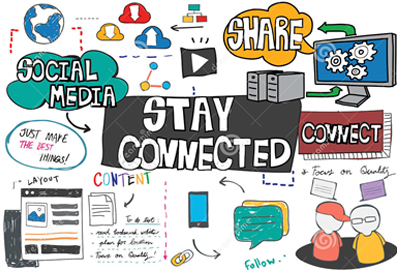
After all being said, the fact remains that the design profession does require tangibility - to actually see the colours, feel the textures, and experience the scale of the space to be designed and so on. At the same time, it would be naive to think that right after the 21 day lockdown period, things would get back to normal immediately. This invisible enemy is telling us in a way what we have done to the earth and its equilibrium. This has been a once-in-a-century kind of crisis and there will be- and must be- a shift in the mindset of humans. We must emerge from this wiser, better, more knowledgeable and definitely more sensitive and respectful to Nature.
As architects and designers, we are in charge of shaping the world. We should remind ourselves why we chose this profession, and how we can contribute to a better tomorrow. We need to move more towards sustainable and energy-efficient design, to use vernacular techniques, to consume less, to reuse and recycle and not be wasteful. It is crucial to deeply analyze what we design, and how it interacts with the environment. Not only hospitals, old-age homes, and other healthcare typologies would be in focus but also public spaces like corporate offices, co-working spaces, supermarkets and multistoried apartments.
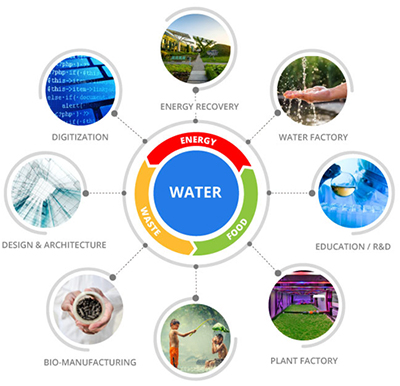
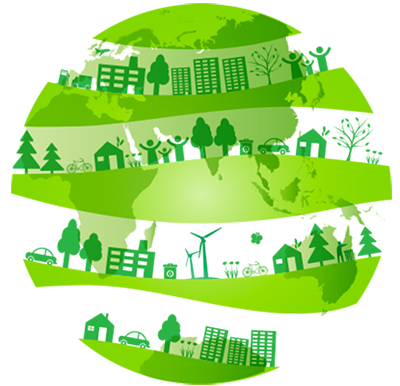
This period has been incredibly transformative and awakened in us many ideas and possibilities. Design needs to be both intelligent and secure. Here are some design factors that we feel would come into play:
● “Building health” – The overall ‘health’ of a building would take priority - issues such as proper ventilation, water management, air filtration, cleaning and facilities management preparedness would be considered for all projects. Just like barrier-free architecture (designing and providing for specially-abled people) has become a parameter in design now and earthquake-resistant architecture is integral to buildings, similarly ‘epidemic prevention strategies’ would also be considered by the design community. This could include creating a sterilization area at the entrance where disinfection carpet, face masks, sanitizers etc. would be placed, enhancing natural ventilation, and creating exercise zones. Even homes, like in the past and even now in some communities, could be designed such that all shoes are removed outside/at the entrance foyer.
● Hygiene and human health – Just like building health, employee health and hygiene could also come to be screened, affecting layouts especially of offices and public spaces. Waste segregation and waste management, frequent sanitization, strategically placing disposable tissues in common areas, pest control of premises, providing an isolation and disinfection room and employers stocking protective gear such as masks, sanitizers, gloves etc. would be considered, as this is the first but maybe not the last crisis of its kind. Even mental health should be taken into consideration - providing green spaces with plants and natural light, comfortable and private zones, acoustic treatment even in residences, etc. are simple measures that could enable peace and combat depression.
● Adaptive use of buildings and resources: By planning ahead, we should design buildings, especially large spaces, to transform quickly and efficiently into isolation centers, community kitchens, medical zones etc. if a similar public crisis arises again. We should recycle by utilizing unused materials of an existing site, and become more sensitive to how and where we source materials from, to ensure that we promote environment-friendly products which are more suited to the real needs instead of being too extravagant. As designers, we should educate and convince the clients too about the sustainability and efficacy of a product.
● Technological advancement: Offices and even homes in future must cater to the latest and ever-changing technological trends - better connectivity, better acoustics, audio visual facilities etc. that help you stay connected no matter what. While designing workplaces, we often design ‘neighborhoods’ so that people from the same team sit in close proximity to each other. Now this concept has to be recreated online, from internal chat options to video conferencing solutions and providing training on how to use them. Organizational and operational systems that allow for quick action and planning at a time like this would help.
An added position for a ‘digital workplace manager’ might be created for organizations who are new to the whole concept of working remotely. He/she could provide the aid and tools needed to set up an ergonomic workstation at home, and also give virtual help to help employees setting up their home systems.
As people are gradually settling into this new style of working, the unifying background of the physical office place has disappeared, and each person’s private space is on display. The ‘face’ one presented to the world is giving way to the ‘real’ person behind the mask of formality. A new, more honest, and transparent relationship can be born. As designers and empathetic observers, we can learn about the resilience of people and how we show our best selves in times like these, and weave these observations in our designs.
To end this on a lighter note, human beings are generally flexible and adapt to any situation. Although initially this confinement and routine felt suffocating, after a week into the lockdown and the systems and schedules in place, it has become easier. Who knows, after 21 days (that’s how long it takes to break- or to establish- a habit), this might become the “new-normal” and teleworking, the favored way of working!
Disclaimer : This blog is for informational purposes only and we have relied upon various resources for compiling the content, data and visuals contained in it.